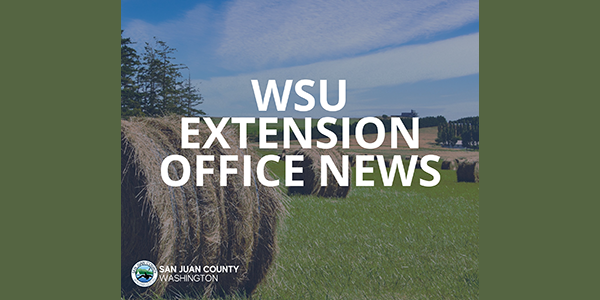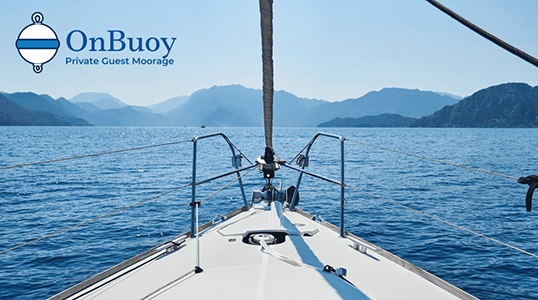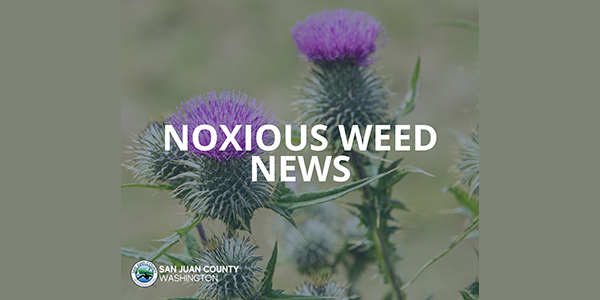Ordinance update nearing final decisions by Planning Commission and Council
“Over the past few months there has been a discussion brewing in the San Juans about how to protect the environment while providing property owners flexibility in how they use their land.”
So begins the position paper that County officials hope will form the basis of future discussions of the Critical Areas Ordinance update. Critical Areas affected by this ordinance include:
- Critical Aquifer Recharge Areas
- Fish and Wildlife Conservation Areas
- Geologically Hazardous Areas
- Wetlands
- Frequently Flooded Areas
The County Council plans investigative field trips and workshops on San Juan, Lopez, and Orcas Island this month. The field trips and discussions for ORcas will be held on Nov. 12; it is hoped that the position paper, developed through study and meetings held by the county-wide update committee, county staff and the San Juan Initiative, will form a “common language” for discussion of the issues.
The document, mentioned at the Town Hall meeting on Orcas last week, is now available by clicking here: CAO/Paper_SJWetlandStreamMarineShoreline
The issue paper was developed by the staff of the San Juan Initiative – Jim Kramer Executive Director of Shared Strategy of the Puget Sound, and Amy Windrope, Manager of the San Juan Iniative – with the broad participation of the County’s now re-formed Development and Planning Department.
It clarifies some of the issues at stake, say Patty Miller, a member of the County CAO update committee and the Eastsound Planning Review Committee (EPRC), and Jeff Hanson, County Ecosystem Coordinator, and gives the County Council and the Planning Commission “more opportunity for a robust process.”
After the update committee had labored for over two years, “The Council… acknowledged a lot of misinformation has arisen and developed this paper to alleviate that,” said Miller.
Miller and Hanson say the document contains the concept of a “tailored approach” for buffers protecting shoreline areas. It summarizes the options, gives the legal requirements, and explains the ecological purpose of the buffers, the challenges involved and the variety of options ahead.
Miller and Hanson urge the public to read the paper, attend the field trips to Eastsound wetlands scheduled for Nov. 12, and the workshops that afternoon.
The position paper is the result of an effort “to take two years of review of scientific documentation and a variety of opinions and put into a ‘Reader’s Digest’ form of 20 pages,” said Miller. “It tries to present opposing views as factually as possible in a very complex issue.”
Hanson and Miller say their goal is to have as many as possible read the paper and come to the workshop with a basic, common knowledge of the task before the county in completing the CAO update. The current version of the draft ordinance can be found at www.sanjuanco.com/cao
While the document, at 20 pages, is not light reading, it is well-organized into six parts:
1) Regulation background
2) Ecological benefits
3) Protections included in the draft ordinance
4) Impacts to property owners
5) Current regulations
6) Options and solutions
“The strong environmental organizations would like you to believe the science is definitive and it is clear what is needed to protect the environment; the property owners would say the science is flawed and not applicable to local circumstances; and the truth is somewhere in the middle,” said Miller.
Reading the document will “Help you have a better sense for where local flexibility comes into play to protect resources and protect property owners and gives the ability to make form opinions,” says Hanson.
The workshops are intended to figure out what decisions should be made locally that are still within the law, and what can be taken from the county and personal resources to tailor the approach for the San Juan Islands.
Hanson said, “It’s always a challenge to make [ordinances] more flexible because it takes more depth into individual circumstances and science to inform the individual resource.” The emphasis is on a workshop rather than hearings or meetings, to encourage solution-based thinking and dialog around more controversial decisions.
The field trips will research the ecological purpose of buffers and the current regulations for different types of wetlands.
Those interested in attending should email jeffh@sanjuanco.com or call 370- 7594 to sign up in advance.
What is defined by the draft regulations now and where there’s some “decision space” can be discussed at the workshops, which begin at 5 p.m. on Nov. 12.
The following step in the public process will be the final issue paper which the Oversight Committee, composed of Susan Dehlendorf, Amy Windrope, Shireene Hale, Jim Kramer and Patty Miller, will develop, with a target date of Dec. 1. That paper will contain the concerns and solutions developed at the workshops (similar workshops will take place on San Juan and Lopez Islands).
The first draft will be circulated to state agencies and experts and be submitted to the Planning Commission, which will consider the draft ordinance in light of the position papers, After Jan. 1, the Council will consider changes to the draft ordinance.
The position paper posted on Oct. 26 can be seen at www.sanjuanco.com and going to the “Notices” section on the right hand side and clicking on “New position paper and wetland stream and shoreline regulations.”
The Eastsound Planning Review Committee will focus on the CAO as it relates to Eastound at their meeting on Thursday, Nov. 5 at 3 p.m. in the Senior Center.
The meetings are critical to get a “sense of how the broader public feels,” says Miller. “The issue has polarized the extremes, but the Council has the responsibility to represent the majority.
“The majority stays silent but the law affects all property owners.”
**If you are reading theOrcasonian for free, thank your fellow islanders. If you would like to support theOrcasonian CLICK HERE to set your modestly-priced, voluntary subscription. Otherwise, no worries; we’re happy to share with you.**







